I record vocals at home on a daily basis and for that endeavor, I use an external audio interface.
I am lucky enough, though, to have worked in some of the most prestigious studios in the world and can tell what it sounds like to record to a state of the art recording equipment.
I often get people asking me how they can get started in the recording world and if they can do it without investing a lot of money. I usually say a good external audio interface, a cable, and a decent microphone.
So, can you record vocals without an audio interface?
Although it is possible to record vocals without an audio interface, the results are far from professional. What you can do is to record vocals with your computer’s stock audio interface and its built-in Digital Analog Converter (DAC) without an “external” audio interface. On the other hand, going completely analog and not using a computer at all will cost you far more than buying an external audio interface.
Thinking about it, I started remembering all the things I did before having my external audio interface and how it all evolved from there. So I decided to put together this blog post that I think will be clarifying in many ways especially for beginners.
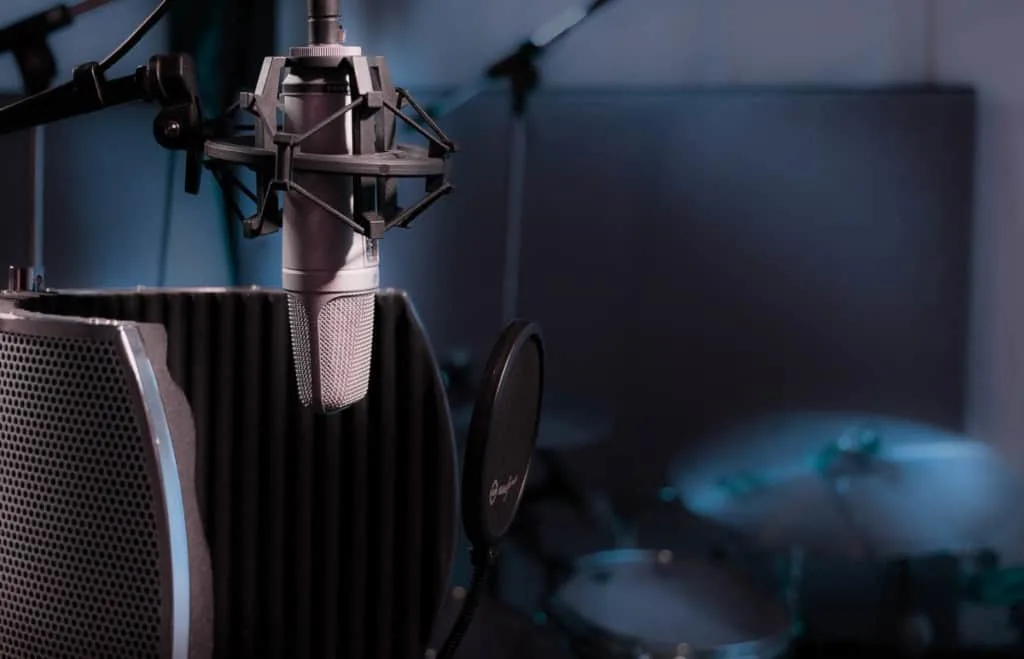
Recording Vocals Without An Audio Interface
It seems it was a millennium ago when people could only go to a recording studio to record vocals.
Nowadays in times that you can buy an audio interface for literally very little money, the costs of producing and recording your own music have gone down drastically. In fact, there are ways in which you can record your music going straight to the computer.
How that is done is what comes up next, so read on.
Can You Record Vocals Straight To A Computer With An Adapter
Most computers in the world, especially laptops have the option to plug in a microphone. This is usually done with a 1/8” plug that is what regular computer microphones usually need. Let’s clear this out from the beginning: this will get the job done in a very… rustic way.
I remember first setting up the free Audacity software after taking the computer to the living room in my friend’s house and recording rehearsals using the computer, microphone in port, and being amazed at the fact that we could do our own recordings. That seemed to me as something otherworldly amazing.
Now, years later I can say that technology has come a long way.
How to Record Vocals Straight Into Your Computer With An Adapter
Open up the free Audacity software or Garage Band on your computer or cellphone. Buy yourself a ¼” to 1/8” adapter and plug in a dynamic microphone with an XLR to ¼” (TRS) cable. The internal DAC of the computer will do the rest.
USB Microphones For Recording Vocals To A Computer
Many companies that sell audio solutions are starting to sell podcaster and beginner packs including USB condenser microphones.
These sound drastically better than going straight in. Plus, if you are a podcaster instead of a musician or a record producer, you can get away with just one of these easily. These USB microphones have a built-in DAC that is usually much better quality than a computer’s standard one.
You might even modify the bitrate and latency from your DAW if you are using one (like Pro Tools, Reaper, etc). The condenser microphone will get the phantom power (48v) from the USB connection with the computer so it is a plug and play addition to your computer.
Take a look at this amazing USB Condenser Microphone on Amazon, it even comes with a pop filter!
How To Connect A USB Microphone To A Computer To Record Vocals
Getting a USB microphone up and running will take you literally no time. All you have to do is plug it into your computer and wait for it to recognize it. Usually, there are no drivers needed if not included. Then, set up your DAW to take your USB microphone as your audio interface.
How To Record Analog Vocals Without An Audio Interface
Finally, this is the last way to record vocals without an audio interface: going all analog.
Just like it was done back in the day, you can set up a tape recorder and get your voice down to tape. This will indeed be more costly than buying an audio interface, but will definitely have a different sound too.
For example, Jack White is famous for recording everything to tape and his last record was the first one to be recorded and mixed entirely on Pro Tools.
In this video, you can see Dave Grohl explaining how they recorded an entire Foo Fighters album entirely to tape. Also, in this video, he answers the question of Digital vs Analog in his own way.
Analog equipment is not cheap and what you just saw at Dave Grohl’s house and garage will cost you a fortune.
What most of the demos in the 1980s and 1990s were made with was Tascam’s famous Cassette Portastudios. If you can get one of those, you can definitely make a record with it.
The Problems Of Recording Vocals Without An Audio Interface
If you are going to record vocals without an audio interface you will encounter some problems. These problems have been a part of audio ever since audio started being recorded and it was the invention of the audio interface that gave an answer to them.
Latency Problems Without An Audio Interface
Latency is the time that it takes from the note’s execution until it is recorded or you hear it.
For example, you can see products advertised as “no latency” which means that you can record with them in real-time. Audio interfaces will solve that issue for you.
Depending on your computer you can expect some latency if you record through MIDI and in basic DAWs like Audacity.
Audio Quality Without An Audio Interface
Audio quality is the department that gets the worst part when you record vocals without an audio interface.
The microphones created for going straight into your computer were made to enhance the midrange which is our voice’s natural register. They make it sound robotic, almost as if you were making music with WhatsApp voice notes.
Besides that fact, you will not be able to plug in condenser microphones because there will not be any phantom power coming out of the computer (most audio interfaces today have built-in phantom power capabilities).
Monitoring And Latency
Monitoring is a huge part of performing. If you have a hard time hearing yourself, you’ll probably not play at your best.
Having monitoring problems while recording is even worse than when performing live. In recording, even the smallest nuances can be heard while live performances are more about the moment and conveying the energy of the song.
There are some USB microphones that will allow you to monitor real-time and with no latency, but not all of them.
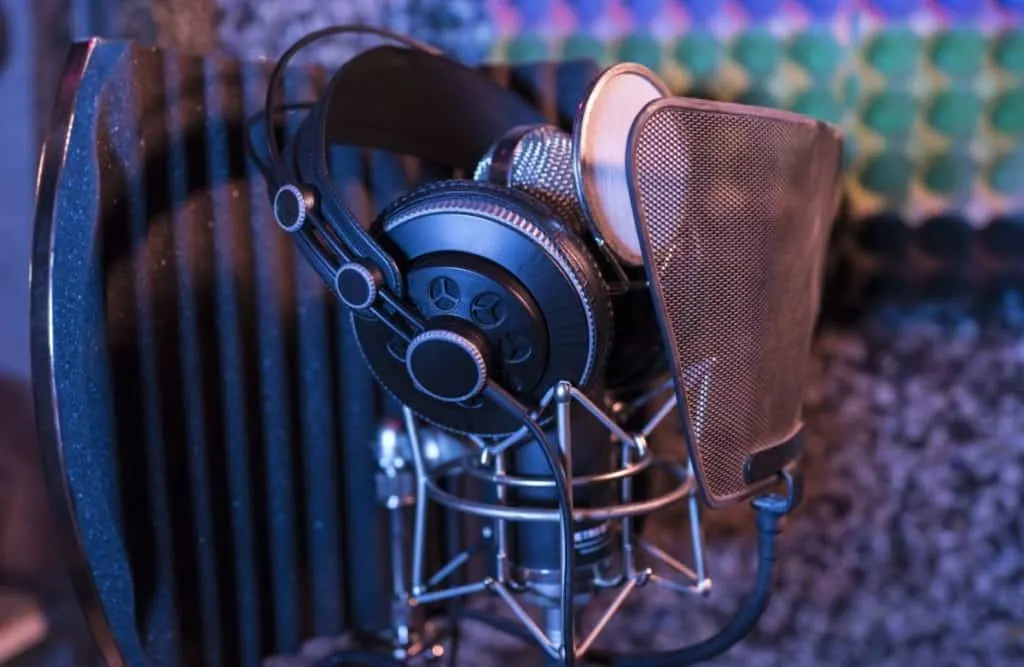
Benefits Of Recording Vocals With An External Audio Interface
When you record vocals, the need for an external audio interface becomes paramount.
Whenever you are trying to get different sounds in the mix, you might want to use the microphone that suits the performer the best and for that, having several different XLR microphones is a must. Now, those are not the only benefits of an audio interface, let’s take a look.
· Built-in phantom power
· High-quality DAC for a more accurate digitalization
· Real-time monitoring with zero latency at hand
· Pre amplified XLR inputs to plug in any microphone
· Line In inputs to plug in an external vocal preamp
· Earphone out for monitoring and various outputs to accommodate studio monitors
· Enhances the sound of your computer since you’ll be using it as a default sound card
· Best DACs with the best audio quality are what you usually find inside of audio interfaces meaning that the final audio quality is going to be way better than the built-in DAC in your computer
· Portability, you can take most modern audio interfaces with you everywhere you go.
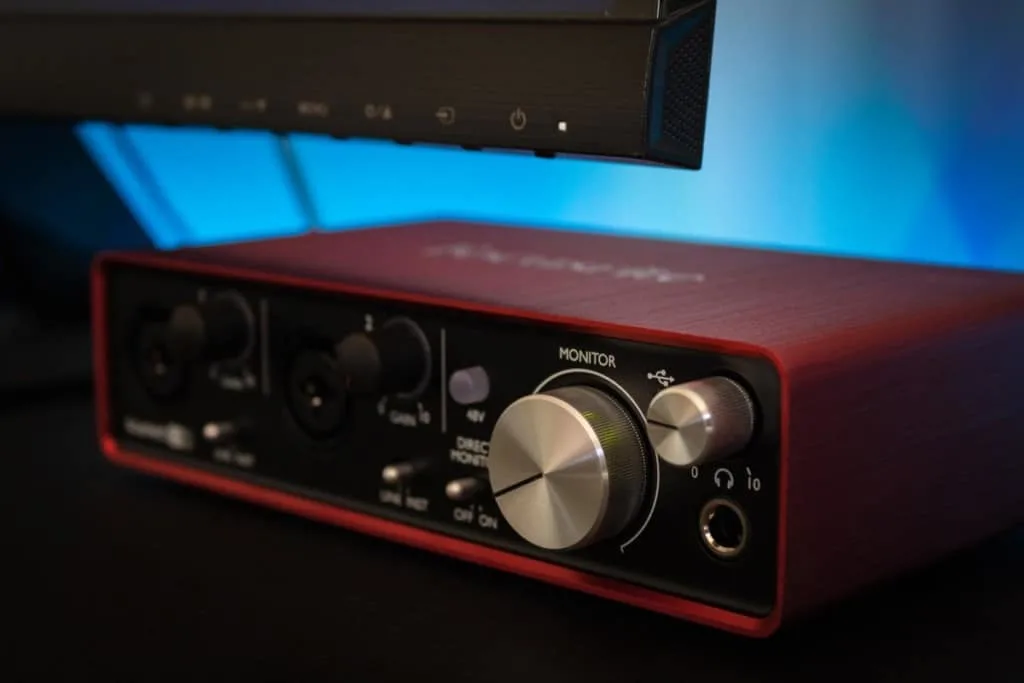
Which Is The Best Brand Of Audio Interface?
There are many brands out there manufacturing high-quality external audio interfaces. The build quality, sturdiness, and sound quality vary from one to the next. The brands that are in my podium are:
· M-Audio (creators of Pro Tools among many other things)
· Focusrite (perhaps the most famous is the Scarlett series)
· PreSonus (everything they make is amazing, and so are their audio interfaces)
You can save some money and also go for cheaper options like Behringer, for example. If you are to make an investment, I suggest you invest in buying the best (within your budget range).
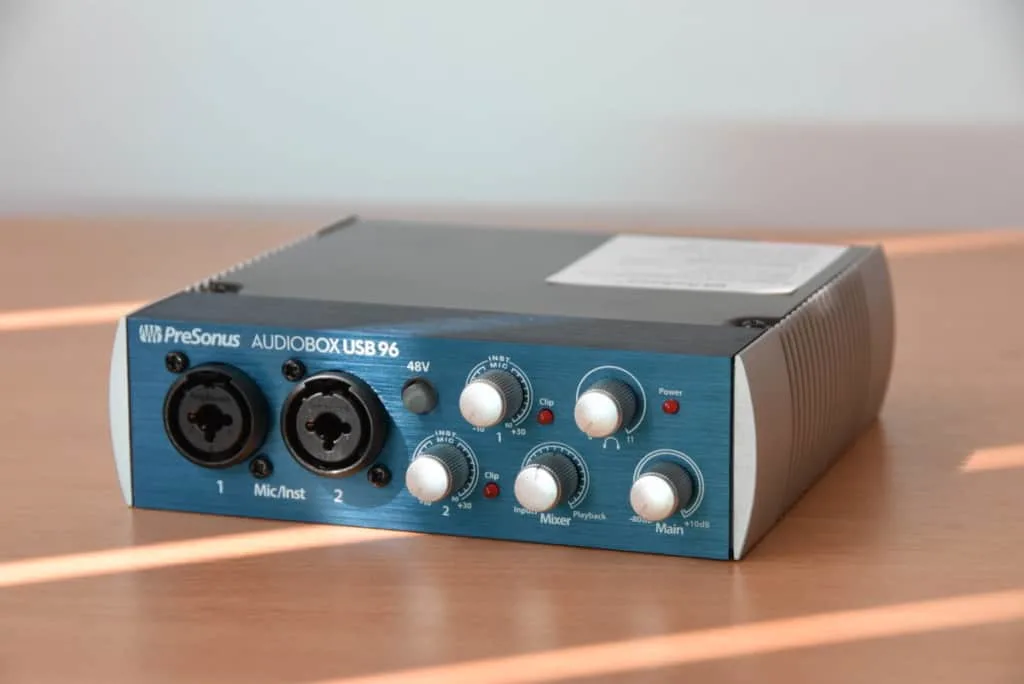
Recording MIDI To A Tape Machine
While this may seem a little off-topic I just want to share this item to show that most things are possible with some imagination in the recording world.
Ever heard about MIDI? Well, using virtual instruments is a way to create music in the 21st century that has rapidly spread especially in genres like Hip-Hop, Pop, and Electronic music. Nowadays, it is possible to buy a MIDI controller with the shape of a keyboard and trigger with it any sound we want including drums.
Digital instruments or virtual instruments have revolutionized the music-making world like few other things in history. They have also opened the door for music producers to make music without investing a lot of money on real musicians; at least at a draft stage.
You can check around minute eleven on this video of Jack White explaining to Lars Ulrich how he made his last record with digital instruments only going straight to an actual tape machine.
Take a look at my article on getting started with Audio Interfaces, You can find it here.
How To Do It?
First of all, you need the software to emulate the instruments you want. Once that software is on your computer, you can simply use it with a mouse or you can go through MIDI controllers to trigger drums, keys, bass, guitar, flute, or any other thing you can think of. They are usually USB and go straight into your computer
Conclusion
You can’t record analog to digital unless you have a converter. This means that there is no way on earth you can record vocals without an audio interface and DAC.
If you are looking to invest in an audio interface and microphone to get started, let me just say the Scarlett 2i2 and the Audio Technica AT2020 is a great set up to get you started.
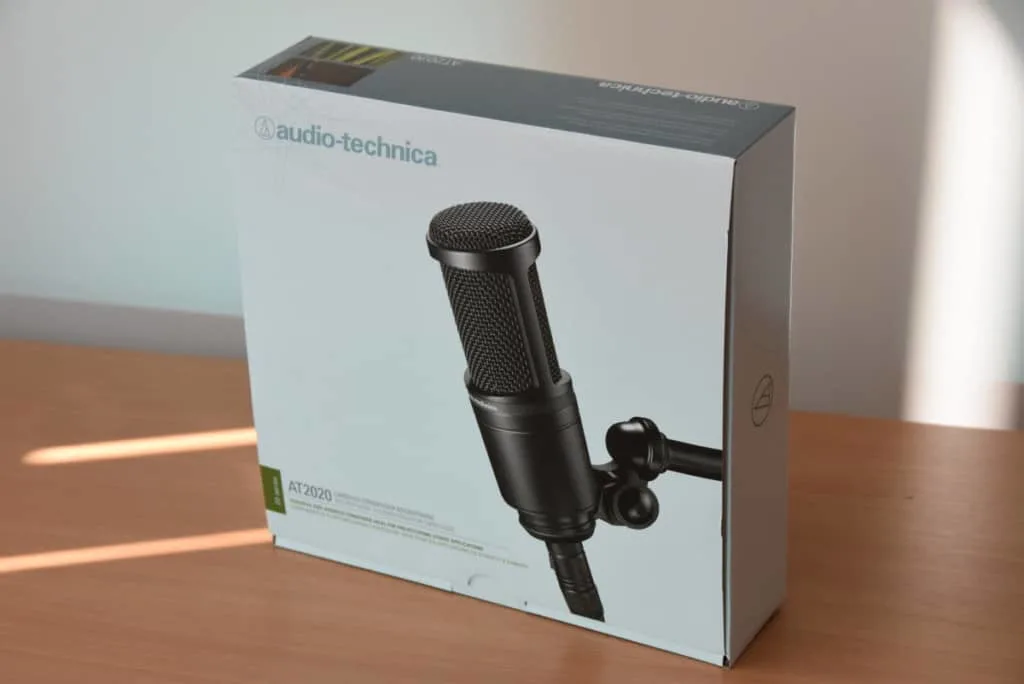
Now, the decision you should make is whether it is internal or external. When the time comes to record vocals, the best option is to go with an external audio interface.
These external audio interfaces were designed and manufactured specifically for that endeavor and have everything you need to, at least, get you started with your recordings.
Now that you know all the benefits of an external audio interface it is time to make some killer recordings and take over the world.
Happy Recording!
